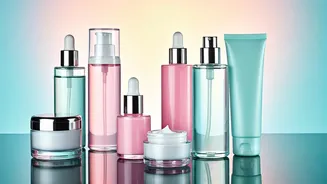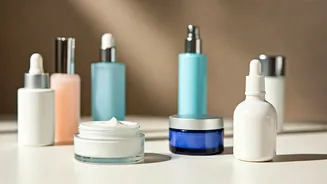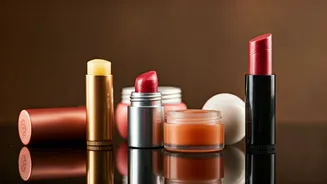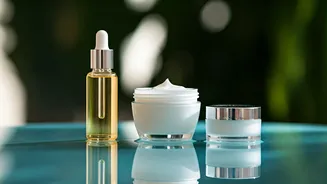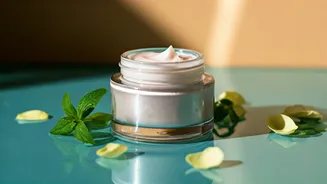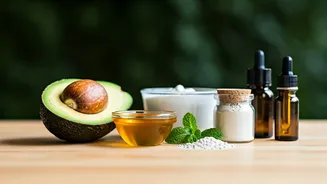Why Moisturize Matters
Moisturizing is a cornerstone of any effective skincare regime. Skin's primary role is to act as a barrier, safeguarding internal organs and systems from
environmental aggressors. This protective barrier is maintained by moisture, which is naturally present in the skin. However, elements like sun exposure, harsh weather, and even everyday activities can strip away this essential moisture. When the skin loses hydration, it can become dry, flaky, and more susceptible to irritation. The right moisturizer replenishes this lost moisture, reinforcing the skin's protective barrier. This process helps to reduce the appearance of fine lines and wrinkles, and contributes to a healthier, more vibrant complexion. Adequate hydration also supports the skin's natural repair processes, contributing to overall skin health and resilience.
Key Moisturizing Ingredients
Effective moisturizers often contain a blend of ingredients working together to hydrate and nourish the skin. Humectants like hyaluronic acid and glycerin are vital, as they draw moisture from the environment into the skin. This action gives the skin a plumper appearance and keeps it hydrated. Occlusives, such as mineral oil and ceramides, play a crucial role by creating a protective layer on the skin's surface. This barrier prevents moisture loss, effectively locking in hydration and preventing the skin from drying out. Emollients, including ingredients such as shea butter and various plant oils, work to smooth and soften the skin. They fill in the gaps between skin cells, providing a smooth and supple texture. The most beneficial moisturizers often combine these three types of ingredients to deliver comprehensive hydration and skin barrier support.
Choosing the Right Product
The ideal moisturizer hinges on your specific skin type and individual needs. For those with dry skin, rich creams containing occlusive ingredients like shea butter or mineral oil work best to lock in moisture and create a protective barrier. Individuals with oily or acne-prone skin should opt for lightweight, non-comedogenic formulas that won't clog pores. Gel-based moisturizers or those containing hyaluronic acid are generally good choices, providing hydration without feeling heavy on the skin. Sensitive skin requires gentle, fragrance-free formulations with soothing ingredients like ceramides to reduce the risk of irritation. Combination skin can benefit from layering—applying a lighter moisturizer to oilier areas and a richer one to drier zones. Always check the ingredient list for potential allergens or irritants, and perform a patch test before applying a new product all over your face.
Application Techniques for Success
Applying moisturizer correctly is as important as the product itself. The best time to moisturize is immediately after cleansing your face, when your skin is still slightly damp. This allows the moisturizer to trap the existing moisture, enhancing its hydrating effects. Use a gentle, upward motion when applying, working in small circular movements to encourage absorption. Do not rub the skin harshly, as this can lead to irritation and damage. If you're using multiple skincare products, apply the moisturizer after serums and treatments, allowing each product to fully absorb before layering. For daytime, opt for a moisturizer with SPF to protect your skin from sun damage. At night, a richer cream can be used to provide intensive hydration while you sleep. Consistent application, morning and night, is the key to maintaining a hydrated, healthy, and radiant complexion.
